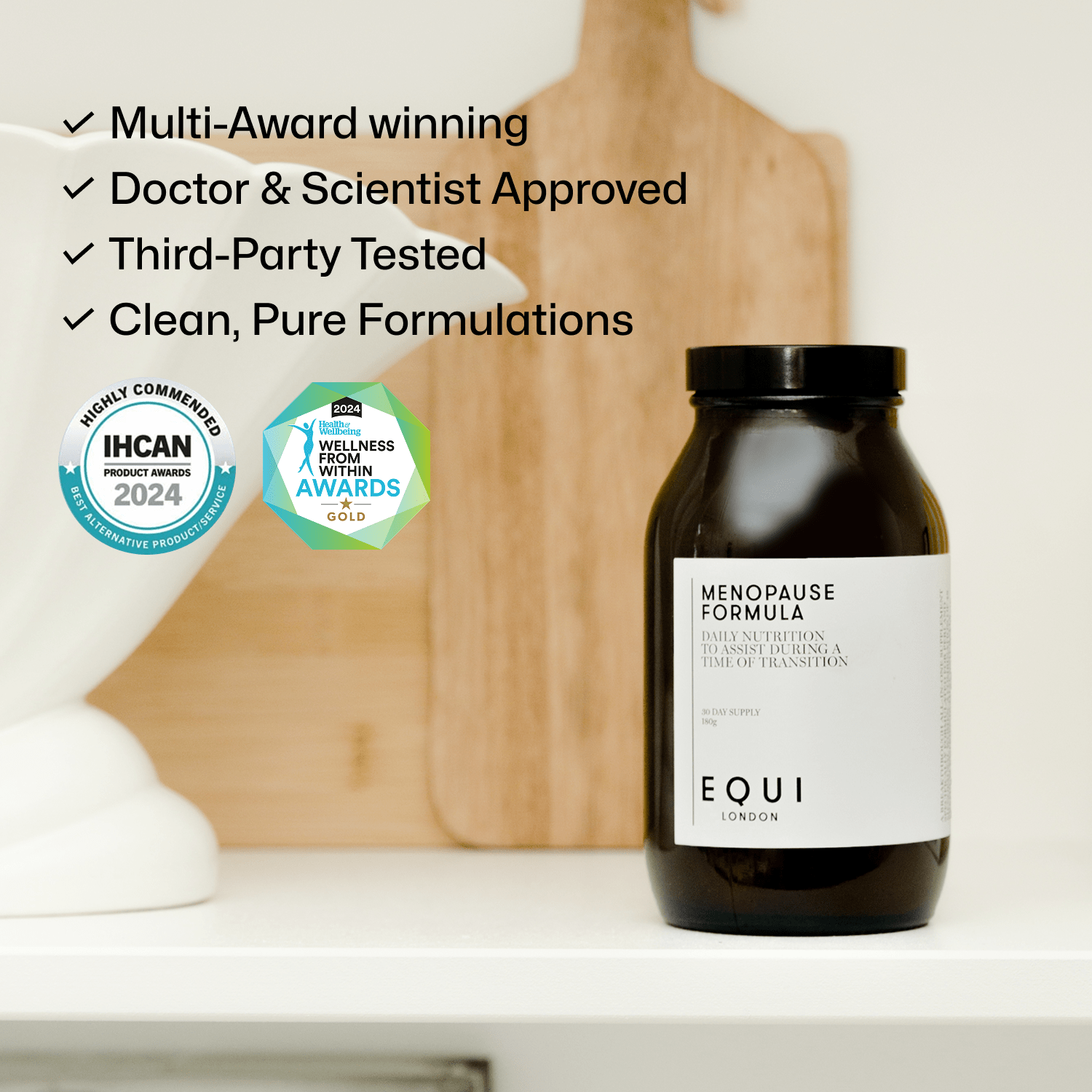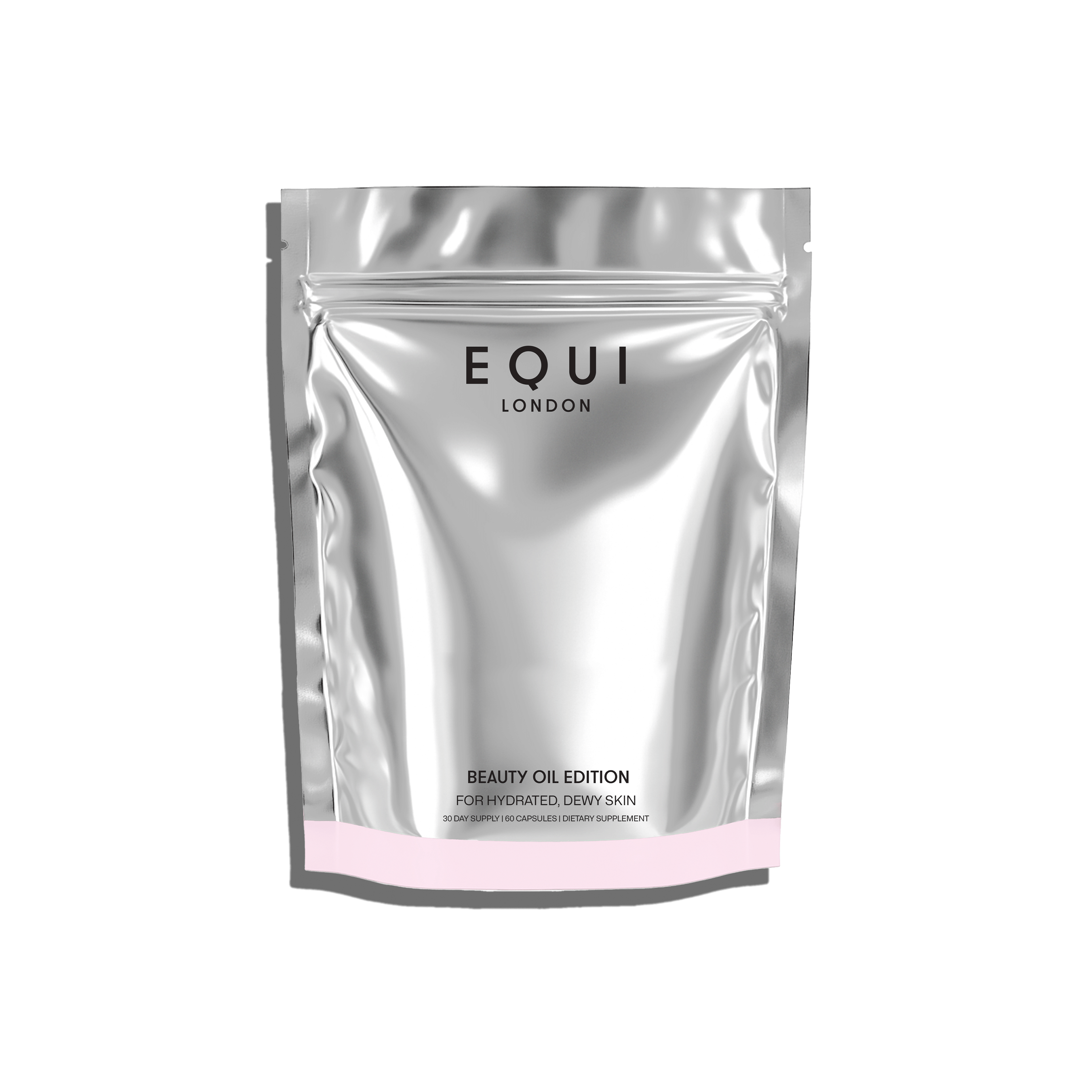How Your Pelvic Floor Helps Support Your Whole Body and How To Keep It Healthy
We don’t know about you, but the first time we heard about those pelvic floor exercises was that episode of SATC where Samantha was doing hers at lunch in a swanky NY restaurant. Obviously she managed to make them seem sexy and appealing, but let’s face it, when you’re living the daily grind, they aren’t usually front of mind. Many women never even think about them until they get pregnant, and even then, many of us don’t actually get around to doing them each day.
What is it about these exercises that makes them so damn hard to do?!
This month we wanted to give you an expose in an effort to make them front of mind again.. Because boring as they are, they really are important for so many aspects of female health.
When looking to understand the anatomy and physiology of this area of the body, we can look at the structural build of the way the organs and muscles sit. Understanding the way the pelvic and abdominal muscles sit and the way they naturally contract and relax can help to alleviate many symptoms that can arise in both men and women. And needless to say, it’s really not just a problem that follows childbirth.
What happens when is my pelvic floor isn’t working well?
Your pelvis (or abdomen) accommodates some of the highest functioning organs in the human body such as the bladder, bowel, and reproductive organs – so naturally it is integral to your total well-being – both from a physical perspective, but also a sexual point of view.
There are a variety of pelvic health disorders that are still considered ‘taboo’. We asked Katy van’tSchip, a specialist Pelvic Health Physiotherapist at the leading pelvic health clinic LETO (yes that is the forward-thinking sex toy brand, and no we haven’t spelt her name wrong 😅) about the disorders she frequently see’s in clinic and what the symptoms are that she looks out for:
“We see a huge variety here, but some of the most common are urinary incontinence, pelvic organ prolapse, and pelvic pain conditions such as painful sex, constipation, and post-natal discomfort”
The above conditions can often manifest gradually, rather than just being after a sudden incident/event (such as childbirth) or injury. Katy explains that often urinary incontinence presents as an inability to hold our pee, whether associated with a sneeze, jumping on a trampoline, having random increased urgency to get to the toilet or during exercise, though these are just as a few examples.
A prolapse meanwhile is often felt as heaviness, bulging, or dragging in the pelvic region, sometimes associated with pain, incontinence, or difficulty emptying our bladder or bowels. Some of these things don’t show themselves until after giving birth, or more often years later after the hormonal changes that occur during the menopause and this tends to happen more if you haven’t taken steps to actually support it throughout life.
What are the signs of a pelvic floor issue?
Pelvic conditions present various signs and symptoms - such as painful sex (some positions might be worse, whilst others are fine) tampon insertion, pain with bladder filling, or pain with digestion and/or bowel emptying, to name a few.
Equally, the symptoms can appear unrelated - unexplained lower back pain, hip flexor tension, or bouts of tail bone/coccyx injury for example can also be linked.
What can we do to support our pelvic health?
If you’re confused about all of this, we don’t blame you. It’s a minefield! You may know already that there is an issue but not know what to do about it, or equally you may feel everything is fine but want to ensure you’re doing what you can to keep it that way. Well, we asked Katy again…
“I always recommend getting checked by a pelvic health physiotherapist if you are experiencing any pelvic concerns, because the exercises and advice we provide will vary based on what we find – it’s not a one size fits all approach at LETO! But in general, it is helpful to frequently let go of tension in your tummy and pelvic floor which can be a natural stress response and natural formality of women in the western world. Also, stay hydrated and avoid constipation through maintaining a healthy diet and good gut health”
You don’t need to tell us twice. Hopefully you’re already taking care of your diet to keep you gut moving daily, but what about exercise? Turns out exercise types such as yoga and Pilates are preferable over HIIT and running as they both focus around the breath with movement to relax and calm with abdominal and pelvic muscles, whilst also training and strengthening them.
Instagram accounts such as Melissa Olseon frequently share and post at home exercises and techniques that we can start implementing into our routine as well as what we can do/look out for.
Knowing if you’re ‘doing it right’ can be a challenge, which is why we advise checking with a pelvic health specialist to investigate if there is anything specifically needed to focus on. They will help ensure that your muscles are contracting in the right way (tip – you should start by tensing the muscles from your butt, before moving forward up to the pubic bone) and that you aren’t actually over-tensing. They also go through ways of ensuing you aren’t putting extra strain on your pelvic floor by straining on the loo, holding your tummy muscles in (a lot of us do this without being aware of it) or by lifting heavy things in a safe way.
Exercise wise – it’s a good idea to not just rely on HIIT, running or high intensity things and instead mix it up with types that actually support your pelvic health such as pilates or Yin Yoga. Vheck out Yoga with Adrianne or Lottie Murphy Pilates who have a variety of exercise and relaxing techniques suitable for women and men at all stages of life.
Companies such as Elvie are make it more accessible and easy to take pelvic health exercises and strengthening into your everyday routine. With strengthening and portable devices such as the Elvie Trainer which has been coined as ‘the holy grail’ of the pelvic floor exercises, there are loads of options to help you keep on top of your PF health!
What to do if you suspect a pelvic floor problem
There is not a one-sized fits all approach to health, and the same concept applies to our pelvic health too. We often think that our irritating symptoms are ‘normal’ never looking beyond the surface. If you suspect that there is something niggling with your pelvic floor health it is advised to get this checked by a healthcare professional and contact a pelvic health physiotherapy specialist to investigate and support your treatment further.
Similar to nutrition, focusing on prevention is always the best ‘cure’. So whether that’s booking yourself in for an ante-natal pelvic health appointment or swapping one of your HIIT classes to an opening yoga flow, we can all benefit from taking a little more care of our this vital little muscle.













